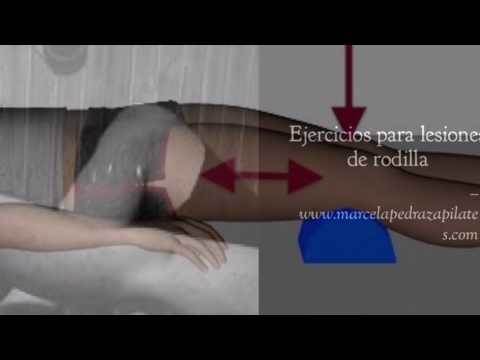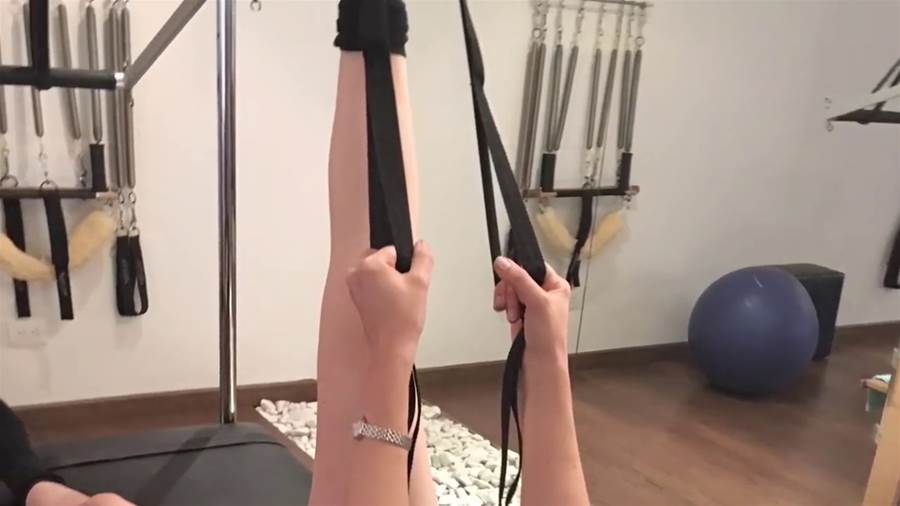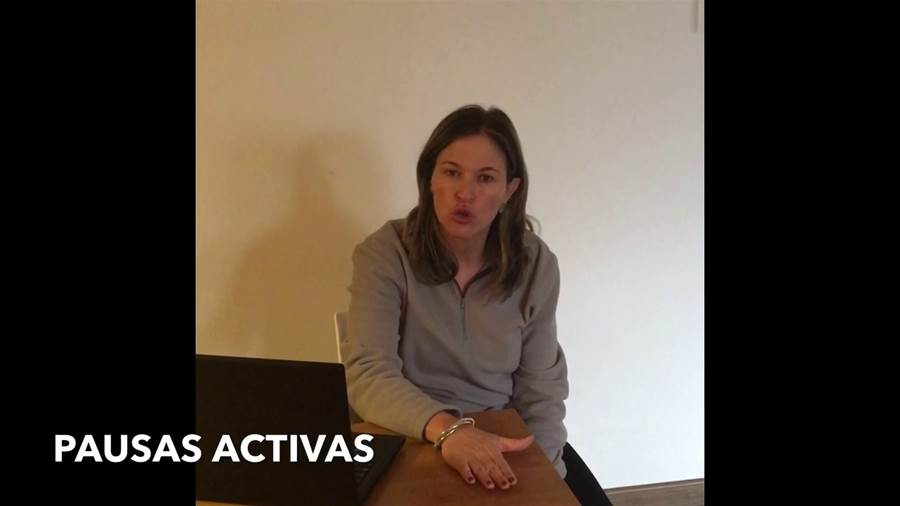
Army pilot Capt. Larry Liss arrived at the Green Beret outpost at Cau Song Be, Vietnam, in an unarmed Huey — the only helicopter on site at the time — when all hell broke loose on May 14, 1967.
Some 7 miles away, about 650 North Vietnamese were poised to overrun a small special operations outpost, where roughly 100 South Vietnamese soldiers and a small group of Green Berets were positioned.
What came next involved Liss and co-pilot Tom Baca flying six times into a small, contested area, in a frenzied rescue operation that helped save 87 troops with the help of a second Huey.
Their heroics were comparable to the exploits that led to , where President Joe Biden pinned the Medal of Honor on Vietnam War pilot Larry Taylor, according to people with firsthand knowledge of the events.
“I think the number of people (Liss and Baca) rescued exceeds that of any other helicopter mission I know of,” said Jack Swickard, an Army pilot who was part of the rescue mission at Cau Song Be on the second helicopter, which accounted for nearly half of the 87 saved.
Now, the story of the daring rescue at Cau Song Be is sparking calls for the Medal of Honor for some of those involved in a forgotten mission.
The article is not finished. Click on the next page to continue.



















